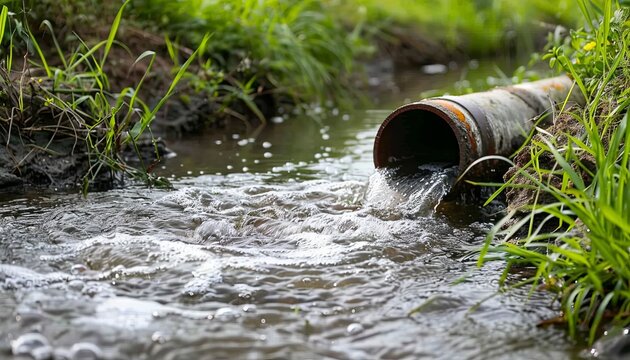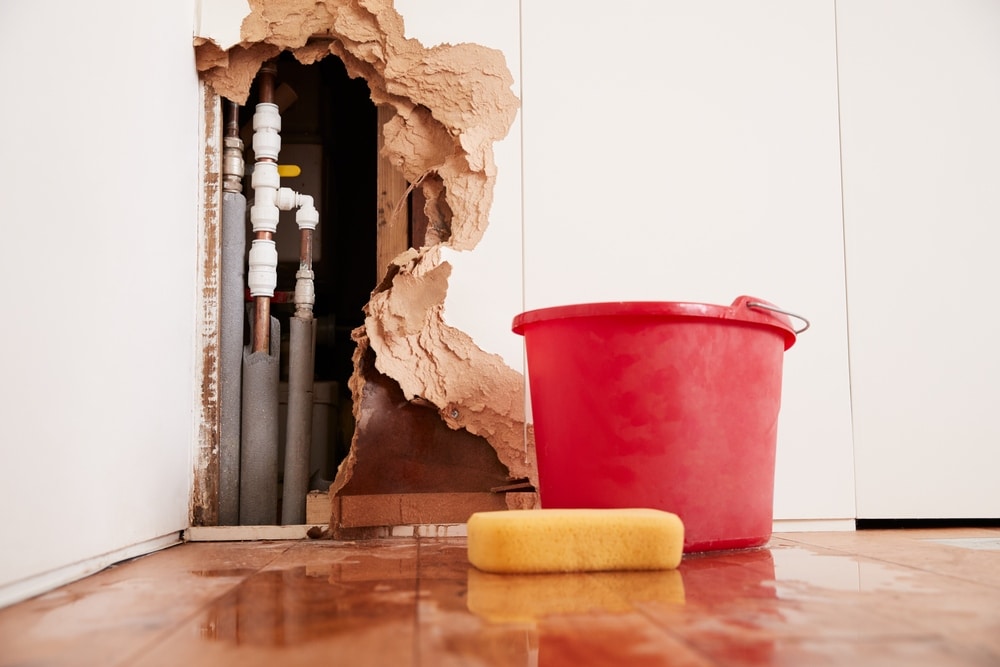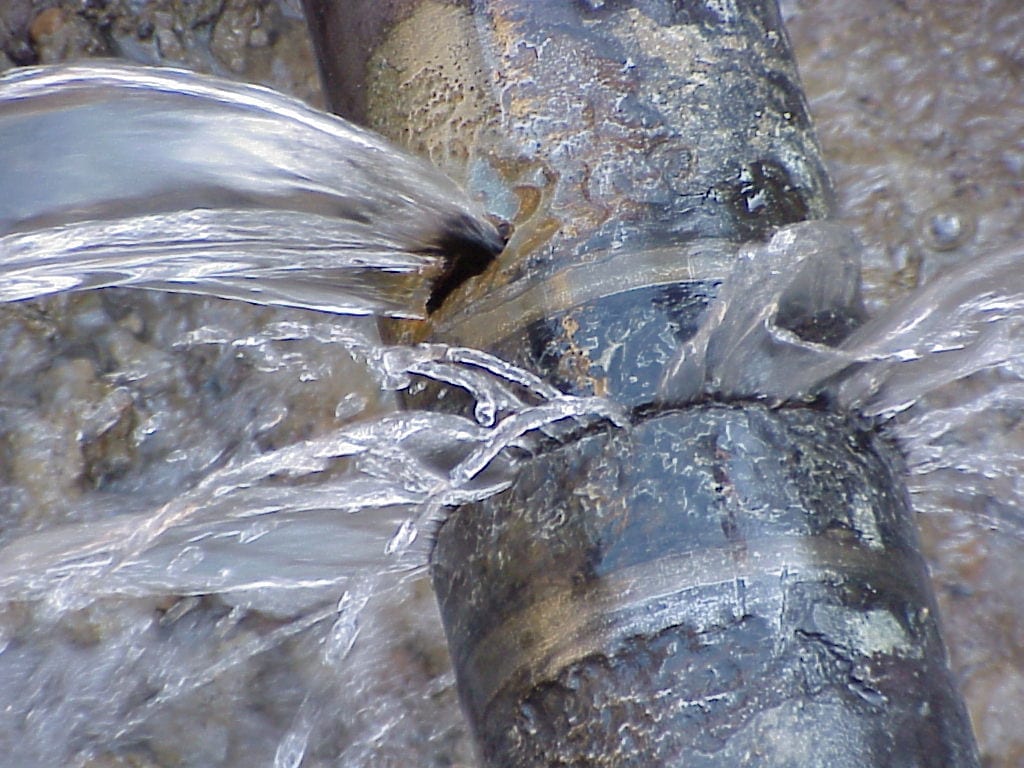How to Handle a Burst Pipe: Essential Steps for Immediate Action
How to Handle a Burst Pipe: Essential Steps for Immediate Action
Blog Article
Avoiding Burst Pipeline: Necessary Tips to Secure Your Pipes
Stopping burst pipes is a critical worry for property owners, particularly during cooler months when the risk of freezing is enhanced. Implementing calculated measures such as correct insulation, routine examinations, and keeping consistent indoor temperature levels can considerably minimize the chance of pipeline failing.
Understand Pipe Vulnerabilities
Comprehending pipeline susceptabilities is vital for reliable pipes maintenance and preventing expensive damages. Numerous elements add to the vulnerability of pipes to ruptureds, including product make-up, age, and environmental conditions. Older pipes, especially those made from galvanized steel or polybutylene, usually weaken gradually, bring about enhanced danger of ruptures and leaks.
Temperature changes can also dramatically influence pipeline stability. In cooler environments, water entraped in pipelines can freeze, increasing and applying pressure on the pipe walls, which may ultimately cause a burst. High water pressure can strain pipelines, specifically at joints and bends, heightening the likelihood of failing.

Insulate Pipes Correctly
Correct insulation of pipes is important for avoiding cold and subsequent bursts during winter (burst pipe). Protecting your plumbing system successfully safeguards against temperature level goes down that can lead to costly damage. Begin by recognizing at risk locations where pipes are exposed to exterior temperatures, such as cellars, attics, and exterior wall surfaces
Usage foam pipeline insulation sleeves or cover insulation tape around these areas to give a safety obstacle. Make sure that all areas of the pipelines, specifically those with minimal warmth exposure, receive sufficient insulation. Pay special interest to joints and installations, as these are a lot more susceptible to freezing.
When shielding, it's vital to pick materials that satisfy regional building ordinance and are appropriate for the certain setting. Fiberglass insulation is commonly suggested for its thermal resistance homes. Furthermore, take into consideration utilizing heat cables or tape in extreme problems, which can be connected in to offer supplemental heat
On a regular basis inspect insulated pipelines for any kind of signs of wear or damages, as compromised insulation can reduce its effectiveness. By taking these aggressive steps, you significantly decrease the risk of pipeline bursts, ensuring a reliable plumbing system throughout the cold weather.
Maintain Constant Temperature Level
A stable indoor temperature is essential for protecting against burst pipes during the icy months. When temperature levels decrease, water within pipelines can freeze, creating and expanding pressure that may ultimately trigger the pipes to ruptured.Making use of a programmable thermostat can assist handle interior temperature levels properly, ensuring that spaces with plumbing stay cozy also when the residence is vacant.
On top of that, it is sensible to allow taps to leak slightly during extreme cool spells. This minor flow of water can stop cold by reducing pressure within the pipelines. Throughout especially severe climate occasions, take into consideration momentarily suspending any nighttime troubles on your thermostat to maintain a consistent cozy setting. By implementing these strategies, house owners can substantially reduce the threat of pipe bursts and secure their pipes systems against the extreme wintertime components.
Routinely Inspect Pipes
Normal evaluations of plumbing systems are critical for preventing burst pipelines and keeping general home integrity. Throughout these inspections, it is necessary to examine visible pipes for signs of deterioration, leaks, or wear.
Additionally, evaluating links and joints is important, as these points are usually vulnerable to leakages. House owners need to also assess water stress degrees, as too much pressure can stress the plumbing system and boost the risk of pipeline ruptureds.
Think about scheduling professional plumbing examinations at least once a year, particularly before wintertime, to guarantee your system is prepared for cooler temperature levels. By being positive in your technique, you can protect your home versus the expensive and disruptive repercussions of ruptured pipelines.
Know Emergency Treatments
Comprehending emergency treatments is crucial for every single property owner, particularly after performing regular plumbing inspections. Being planned for a pipes emergency situation can significantly minimize damages and save expenses. Initially, locate your main water shut-off valve; it is normally discovered near the water meter or where the primary line enters your home. Acquaint yourself with its operation, as shutting down the water swiftly can stop extensive flooding.
Next, keep important devices handy. A pipes emergency package click this ought to consist useful reference of a wrench, plunger, and towels, as well as a flashlight and a container for small leaks. Furthermore, think about having the contact details for a relied on plumbing readily available, should the situation rise beyond your control.
If you identify a leak or ruptured pipe, promptly transform off the water supply and alert your plumbing professional. Document the damages with photographs for insurance coverage objectives. Understand the indicators of prospective pipes concerns, such as uncommon water pressure variations or damp areas on wall surfaces
Eventually, proactive knowledge and quick activity are essential in managing plumbing emergency situations, ensuring your home stays protected and lessening prospective damage.

Verdict
Finally, preventing burst pipelines requires a multifaceted approach that consists of understanding pipe susceptabilities, proper insulation, preserving constant interior temperature levels, normal evaluations, and expertise of emergency procedures. By carrying out these important approaches, the danger of pipes failures can be dramatically decreased, therefore ensuring the long life and efficiency of the pipes system. Proactive procedures not just safeguard versus potential damages yet likewise add to general water conservation and the protection of building.
In chillier climates, water caught in pipes can ice up, applying and increasing stress on the pipeline walls, which may ultimately lead to a burst. When temperatures drop, water i was reading this within pipelines can ice up, creating and broadening pressure that may inevitably create the pipes to ruptured. By carrying out these methods, home owners can substantially decrease the threat of pipeline bursts and safeguard their pipes systems against the extreme wintertime aspects.

Report this page